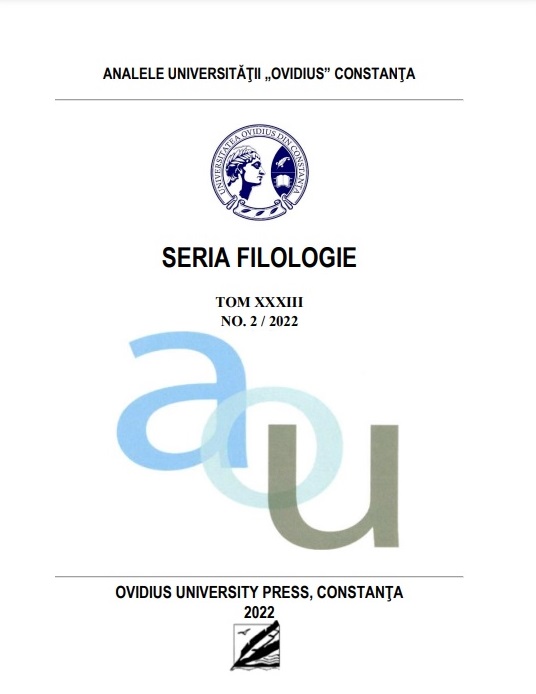Multimodal Digital Communication in L2 Teaching/Learning Context
Multimodal Digital Communication in L2 Teaching/Learning Context
Author(s): Alina Resceanu, Alina Andreea Dragoescu UrlicaSubject(s): Language studies, Language and Literature Studies, Language acquisition, ICT Information and Communications Technologies, Distance learning / e-learning
Published by: Ovidius University Press
Keywords: multimodality; digital communication; teaching/learning; L2 setting; English as a foreign language; English-medium instruction;
Summary/Abstract: The unparalleled experience of teaching through the COVID-19 pandemic has generated far-reaching effects on the way in which conventional educational practices were conceived, forcing both teachers and students to adapt to the changed situation. When shifting from off-line to online, many changes occurred and affected not only the teaching and learning activities, but also other components of the educational system, like the assessment methods, curriculum and syllabus. Nowadays, once the pandemic passed, we cannot go back to the way things were before, but we have to strive to improve and re-adapt, by acknowledging the important role that new technologies and methods brought along by digitalisation play in L2 settings (i.e. English as a Foreign Language and English for Specific Purposes). Thus, we discuss aspects related to multimodality and to how the introduction of digital technologies fostered the use of various modes at once to create meaning. We pay particular attention to elements that are linked to multimodality and that could enhance the quality of teaching/learning in L2 contexts: the extensive use of technologies, the transfer of specialised content during multimodal teacher-student interaction and the stringent need to develop 21stcentury skills in EFL students at tertiary level (multimodality at the interface of disciplines). These elements are the results of a qualitative analysis of students’ formal feedback provided anonymously at the end of the semester. The aim is to account for the need of innovative pedagogical approaches of multimodal communication, which utilize diverse media to represent visual, audio, gestural, spatial, and tactile dimensions of communication in addition to traditional written and oral forms (Cope & Kalantzis, 2009) and to analyse the implication for EFLteaching/learning practice.
Journal: Analele Universităţii Ovidius din Constanţa. Seria Filologie
- Issue Year: XXXIII/2022
- Issue No: 2
- Page Range: 293-305
- Page Count: 13
- Language: English

